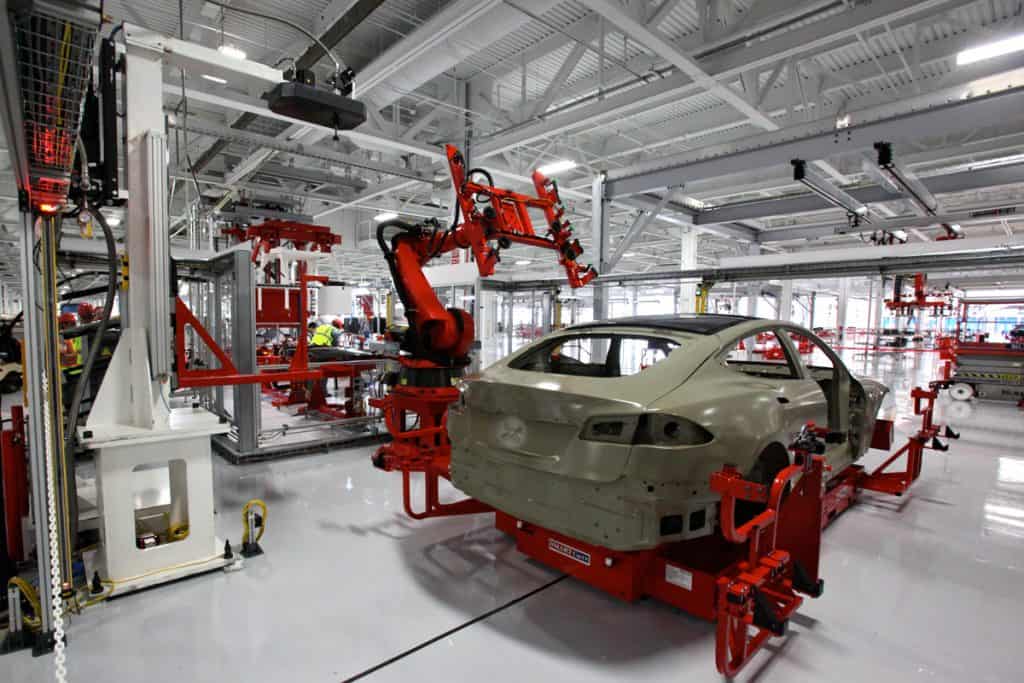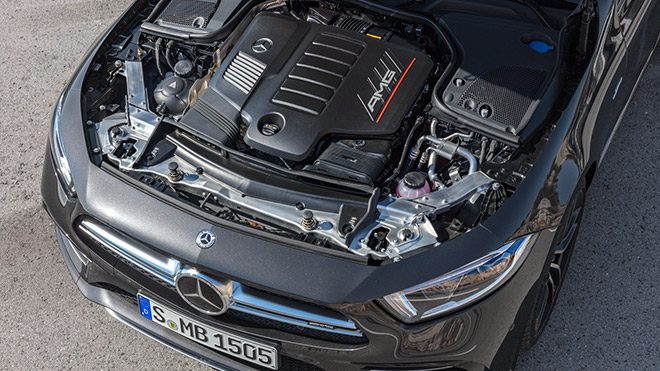How Would We Ever Exist Without Neon?

Neon
All of us have seen neon usage. On the other hand, what do we kn ow about the element neon? What is it? Where is it found? How do we get it into usable form?What are some of its characteristics?
Neon is an element that is found in gaseous form. Neon is rare on Earth, however, it is quite abundant in the universe. In fact, it ranks fifth among the most abundant elements in the universe. The Earth has less because of neon’s light weight and inherent chemical nature. Volcanic gas contains large amounts of neon.
Our atmosphere contains a little bit of neon, and it can be extracted by a method called absorption. In this method the air is super chilled at temperatures below 441 degrees F so it becomes a liquid. When this is run over charcoal the neon molecules stick to the charcoal. If the temperature is raised the neon can be “boiled off” and captured. Since the air does not contain that much neon it is necessary to process 88,000 pounds of liquefied air to get one pound of neon.
Neon is a first-rate conductor of electricity and because of this and the fact that it has an amazing ability to give off a light that is able to be seen at great distances its most frequent uses are in airplane beacons, in lamps, and in advertising signs. Some pilots have reported seeing neon beacons twenty miles away when it was impossible for them to see other kinds of lights. Neon light can be seen through the fog.
There are two types of neon that are commonly used. One is the glowing discharge lamps which are small in size and able to be operated at low voltage. Popular uses for these lamps are in circuit-testing equipment and power-on indicators. The other type operates at a very high voltage and is widely used in advertising signs. Neon is used commercially as a popular refrigerant because it is less expensive than helium. In liquid form it is very expensive and hard to obtain when used for testing purposes.
The bright red signs we see are glass tubes shaped into letters or numbers and filled with neon gas. A few drops of mercury are added to the glass to produce blue light in signs. When all the air is removed from the glass tubes and they are filled with neon a neon lamp is created. Sending an electrical current from electrode at one end of the tube through the neon to a second electrode makes the gas glow fiery red. Neon lamps, unlike incandescent lamps, do not have filaments since it is the gas that glows. It takes only a quart of neon to light up 200-300 feet of glass tubing.
This light strikes a variety of light-emitting phosphorescent materials which are coated on the inside of the glass tube thus producing various colors. To create a blue light the glass is left clear. For the creation of special color effects xenon, krypton, and helium gases are sometimes used.
There is a high demand for neon, particularly due to its extensive use in advertising, plus a number of other beneficial uses. This makes the production of neon a highly profitable business for the most part. The danger with neon occurs when it is allowed to reach high concentrations. In such cases it displaces the oxygen in lungs of humans which usually results in death.
For commercial purposes neon is obtained from the air, For industrial use neon is is produced by fractional distillation of liquid air through the cryogenic method. It is colorless, odorless, and tasteless. Pure neon costs $33. per 100 grams. Neon, because of its many useful benefits, has become a part of American life. It is unfortunate that it is only available in small quantities since the demand for neon is very high.
Without neon there would be no neon signs which would harm the public and business alike. Since the majority of neon usage is for neon signs which produce revenue for businesses and save time and money for the buyer, their absence would be harmful to both parties. Indeed, there are many other valuable uses of neon that are not widely known to the public. Neon’s use in wave meter tubes, television tubes, and helium-neon lasers would be lost. Moreover, its use in certain refrigeration applications in place of the more expensive liquid helium would be lost.






